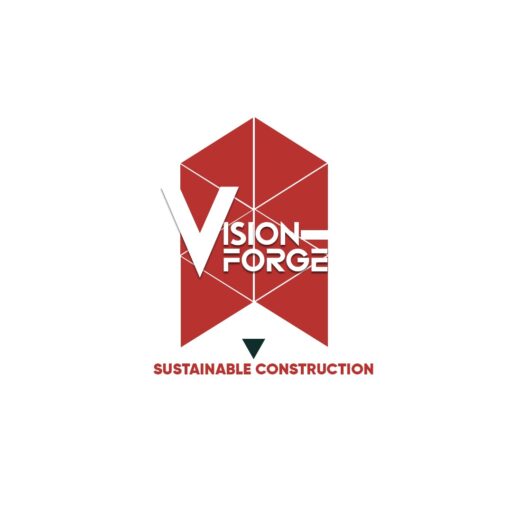Understanding Environmental and Social Impact Assessments (ESIA) in Kenya

Are you aware that development projects in Kenya can have a profound effect on both the environment and local communities? With the country’s ongoing growth and urbanization, the importance of responsible development practices is more crucial than ever. This is where Environmental and Social Impact Assessments (ESIA) become vital. ESIAs are key to fostering sustainable development and reducing adverse effects on the environment and society. In this blog post, we will delve into the components of ESIA, its legal framework in Kenya, the steps involved in conducting an ESIA, and best practices for effective assessments.
What is an ESIA?
Environmental and Social Impact Assessment (ESIA) is a process to predict and evaluate the environmental and social effects of proposed projects before decisions are made. It’s not just about protecting the environment but also ensuring that the social fabric of communities remains intact or improves through development.
- Safeguarding natural resources for future generations.
- Ensuring social equity by considering impacts on local populations.
- Promoting sustainable development through informed decision-making.

Legal Framework in Kenya
In Kenya, the ESIA process is governed by several laws and regulations, primarily the Environmental Management and Co-ordination Act (EMCA). This act provides the legal basis for conducting ESIAs and outlines the responsibilities of various stakeholders involved in the process.

Institutions
The National Environment Management Authority (NEMA) is the key institution responsible for overseeing the ESIA process in Kenya. NEMA ensures that all development projects comply with environmental regulations and that ESIAs are conducted effectively.
The ESIA Process in Kenya: A Step-by-Step Guide
Conducting an ESIA in Kenya involves several key stages:
Screening: This initial step determines whether an ESIA is required for a specific project. Certain large-scale projects, such as dams and major infrastructure developments, automatically trigger the ESIA process.
Scoping: This stage defines the scope of the ESIA, identifying the key environmental and social issues that need to be addressed. Public participation is crucial during scoping, allowing local communities to voice their concerns and contribute to the assessment.
Impact Assessment: This is the core of the ESIA, where potential impacts are analyzed. This involves using scientific methods, data analysis, and expert judgment to predict how the project might affect air quality, water resources, biodiversity, social structures, and economic activities.
Mitigation and Management: If potential negative impacts are identified, mitigation measures are developed to minimize or avoid them. This could involve habitat restoration, pollution control measures, community development programs, or alternative project designs.
Monitoring and Evaluation: After project implementation, ongoing monitoring is essential to track the effectiveness of mitigation measures and ensure compliance with environmental regulations. This helps identify any unforeseen impacts and allows for adaptive management.
Why are ESIAs Important in Kenya?
- Protecting Kenya’s Natural Resources: ESIAs help conserve Kenya’s valuable biodiversity and natural ecosystems.
- Promoting Sustainable Development: They ensure that development projects are environmentally and socially responsible.
- Empowering Local Communities: ESIAs provide opportunities for public participation and ensure that local voices are heard.
- Attracting Investment: Demonstrating environmental and social responsibility enhances project credibility and attracts responsible investors.


RONO GABRIEL
Rono Gabriel is an Associate Expert in ESIA with extensive experience managing environmental assessments for projects across Kenya.
Contact: (+254) 112 169 061


Nice work 👌
Nice, stay tuned for more content!